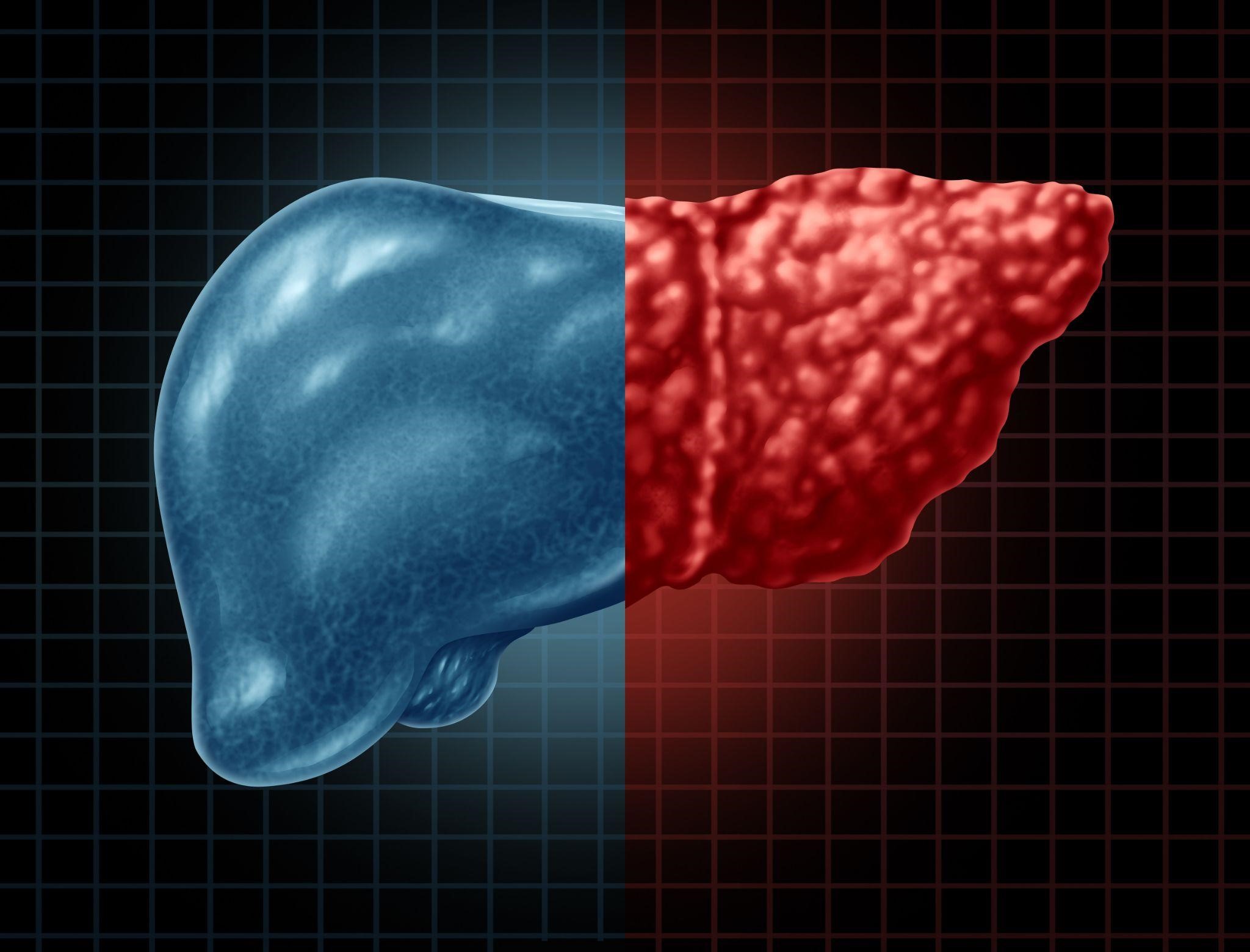Non-alcoholic fatty liver disease is the most common chronic liver disease in the world. In its advanced form, Non-alcoholic steatohepatitis (NASH), is curable when diagnosed and treated in its early stages. However, when left untreated, it could progress to the irreversible stage of liver cirrhosis and cancer, making early diagnosis imperative.
However, to date, the only approach to definitively diagnose NASH is through a liver biopsy, which is often painful and invasive to patients. This renders an urgent need to develop better diagnostic approaches for NASH.
To tackle this issue, Assistant Professor Wang Jiong-Wei from the Department of Surgery and Nanomedicine Translational Research Programme at the Yong Loo Lin School of Medicine, National University of Singapore (NUS Medicine), in collaboration with Professor Liu Bin from Chemical and Biomolecular Engineering at the College of Design and Engineering, National University of Singapore, led a team to develop an enzyme-sensitive nanoprobe to improve the accuracy and sensitivity of diagnosing NASH using an MRI technique. This study is published in ACS Nano.
This device is used in the detection of NASH by targeting specific biomarkers in the liver– oxidative enzyme myeloperoxidase (MPO), which are biological molecules in the body that signal disease. In the liver of a NASH patient, high amounts of MPO are present. MPO is a key peroxidase released from the innate immune system to catalyze the formation of reactive oxidative species at the inflamed site of tissue.
The nanoprobe contains an enzyme substrate that would bind to the MPO in the liver, present in high amounts due to NASH. It will then emit a signal that can be readily detected by MR imaging techniques, providing more sensitive MRI data for the diagnosis of NASH.
Researchers are currently conducting follow-up studies to validate the effectiveness of the nanoprobe. This diagnostic tool can be combined with new drugs to monitor the treatment responses of NASH patients.
“This discovery emphasises the importance of Nanomedicine as a platform with two pillars – diagnosis and therapy. It is only with detailed and accurate diagnosis that effective treatment can follow,” said Professor Wang, co-lead author of the study.
Source: NUS
-
In accordance with Medical Device Authority (MDA Malaysia Ministry of Health, Malaysia), MyMedicNews serves as the leading online media in the medical device industry for Malaysia and the ASEAN region. We provide a creative one-stop web portal to deliver the latest news and product development in the medical device industry. Through our portal, key industry players can deliver business information, product, and services effectively to relevant target audience.
Disclaimer: All content is for informational or educational purposes only, and does not substitute professional medical advice or consultations with healthcare professionals. Medical device advertisements and their content are intended for Healthcare Professionals only. More information related to Malaysia medical device news, products, registration, and regulations is available on Medical Device Authority.

